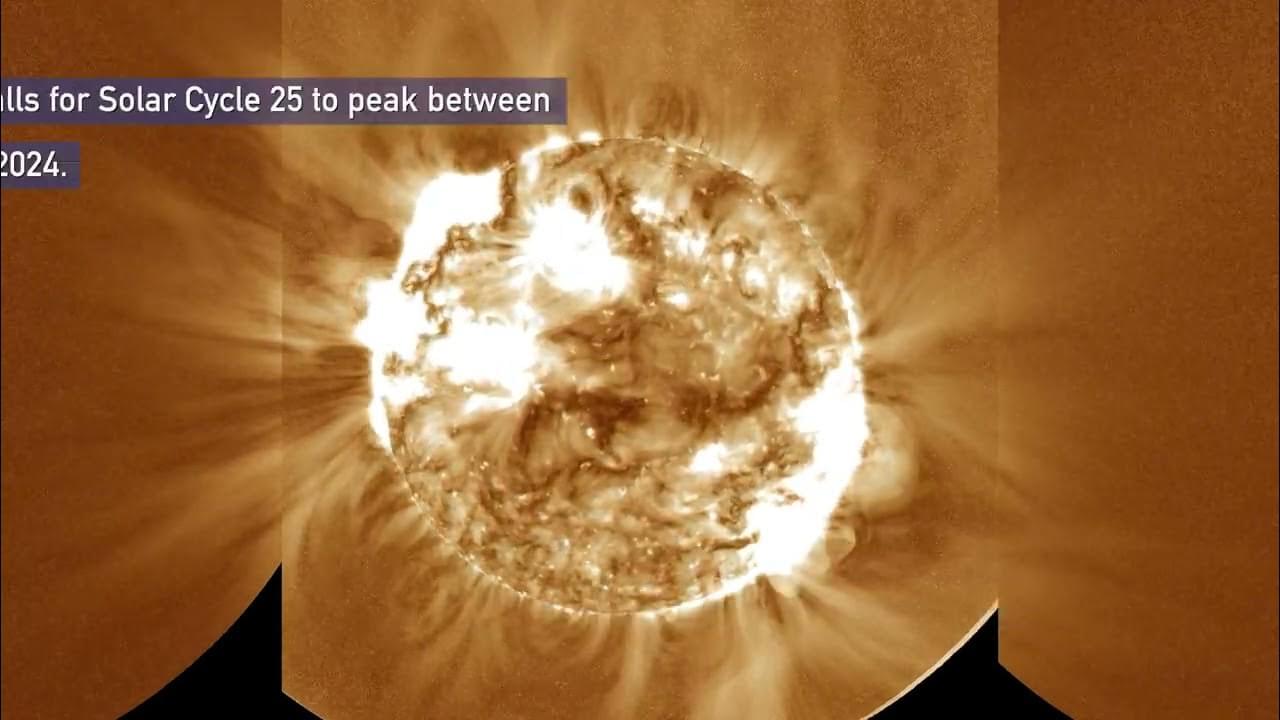SDPO
Don’t Use Your Data All at Once https://huggingface.co/papers/2403.
As development of large language models (LLM) progresses, aligning them with human preferences has become increasingly important.
SDPO
Don’t Use Your Data All at Once https://huggingface.co/papers/2403.
As development of large language models (LLM) progresses, aligning them with human preferences has become increasingly important.
A proposed approach to detect Majorana fermions in Kitaev spin liquids by using scanning tunneling microscopy could lead to the unambiguous confirmation of both the spin-liquid state and its Majorana zero modes.
Dive into the ripple effect of musculoskeletal pain on quality of life among Saudi adults. Click the link to uncover more ➡️ https://bit.ly/3vqK9D
Background.
Musculoskeletal pain (MSP) is widely recognized as a prevalent public health issue that affects individuals of various genders and age groups. The aim of this study is to assess the influence of musculoskeletal pain on the quality of life (QoL) of adult individuals living in Saudi Arabia.
The experimental authorization means SpaceX can test its cellular Starlink system statewide in California, Texas, and Hawaii.
Two SpaceX Falcon 9 rockets could take to the skies over Florida in back-to-back Saturday evening launches.
Invisible vacuum energy is all around us. We could use it to power propulsion, enhance nanostructures, and build levitating devices.
“Deep Sky” chronicles the high-stakes global mission that brought the James Webb Space Telescope and the mind-blowing discoveries the mission has revealed so far.
The heliosphere—made of solar wind, solar transients, and the interplanetary magnetic field—acts as our solar system’s personal shield, protecting the planets from galactic cosmic rays. These extremely energetic particles accelerated outwards from events like supernovas and would cause a huge amount of damage if the heliosphere did not mostly absorb them.

From March 23–24, 2024, NOAA’s GOES satellites, and others operated by international partners, observed numerous flares erupt from the sun, including a powerful X-class solar flare. Additionally, a surge of extremely hot plasma, known as a coronal mass ejection (CME), raced toward Earth resulting in geomagnetic storms and auroras.
This CME reached our planet at 10:37 a.m. EDT (1437 GMT) on Sunday, March 24, triggering a severe G4-class geomagnetic storm, marking the most potent solar storm since 2017. However, according to a Geomagnetic Storm Watch from NOAA’s Space Weather Prediction Center, there was no reason for the public to be alarmed.
Continue reading “NOAA Satellites Detect Severe Solar Storm” »
